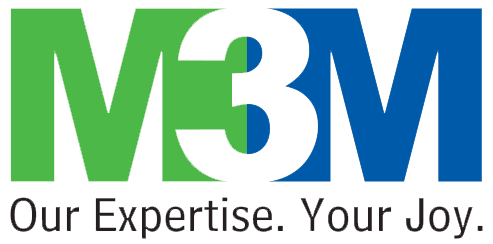
August 5, 2023
Understanding the Difference Between "Subvention Schemes" and "Construction-Linked Payment Plans" in Real Estate

Real estate investments can be a significant financial endeavor, and understanding the various payment options available is crucial for both buyers and developers. In recent years, two popular payment plans have emerged in the real estate industry: "Subvention Schemes" and "Construction-Linked Payment Plans." While both options provide certain advantages, there are fundamental differences between them. In this article, we will dive deep into each payment plan to help you make an informed decision when investing in real estate.
Section 1: What are "Subvention Schemes"?
Subvention Schemes, also known as "Interest Subvention Schemes" or "No EMI till possession," have gained popularity in the real estate market. Under this payment plan, the developer pays the pre-EMI or interest on the home loan on behalf of the buyer until the buyer receives possession of the property. Here are a few key points to understand about subvention schemes:
1.1. Pre-EMI Payment:
In a subvention scheme, the developer pays the pre-EMI amount on behalf of the buyer. Pre-EMI refers to the interest payable on the loan disbursed by the bank before the completion of the project.
1.2. Buyer Benefits:
The biggest advantage of subvention schemes for buyers is that they are not burdened with the pre-EMI payment until they receive possession of the property. This provides them with a temporary financial relief while ensuring that the project progresses smoothly.
1.3. Developer Benefits:
Developers benefit from subvention schemes as they can attract more buyers by offering deferred payment options. Developers also gain from the increased sales velocity and cash flow, providing a boost to their ongoing projects.
1.4. Risk Factors:
While subvention schemes offer advantages, it is essential for buyers to understand the potential risks associated with delayed construction or project completion. If the project is significantly delayed, the buyer may be liable to pay the pre-EMI amount once the possession is granted.
Section 2: What are "Construction-Linked Payment Plans"?
Construction-Linked Payment Plans, also known as "CLP," are traditional payment plans commonly used in the real estate industry. These plans link the payment schedule with the progress of the construction of the property. Here's what you need to know about construction-linked payment plans:
2.1. Payment Schedule:
In a construction-linked payment plan, the buyer makes payments to the developer at various stages of construction completion, typically in the form of installment payments. The payment schedule may be divided into milestones, namely foundation, slab, flooring, brickwork, etc.
2.2. Buyer Benefits:
Construction-linked payment plans provide buyers with transparency and ensure that they pay only when the project progresses. This minimizes the risk of investing in under-construction projects and gives buyers flexibility in managing their finances.
2.3. Developer Benefits:
Developers benefit from construction-linked payment plans as they receive regular cash flow during the construction phase, which helps them manage project expenses efficiently. This payment plan also reduces the burden of financing costs on developers.
2.4. Risk Factors:
One potential drawback of construction-linked payment plans for buyers is that they need to manage their finances and ensure timely payments at each construction milestone. However, this risk is mitigated by ensuring that payments are made upon completion of predefined construction stages.
Section 3: Key Differences between Subvention Schemes and Construction-Linked Payment Plans
3.1. Financial Responsibility:
Under subvention schemes, the developer bears the financial responsibility for paying the pre-EMI amount until possession is granted. In contrast, construction-linked payment plans require the buyer to make payments at different stages of construction.
3.2. Payment Timing:
In subvention schemes, the buyer is not required to make any payments until the possession is received. Construction-linked payment plans, on the other hand, require the buyer to make payments at pre-determined milestones during the construction phase.
3.3. Financial Risk:
Subvention schemes carry a potentially higher financial risk for buyers if the possession is delayed significantly. On the other hand, construction-linked payment plans provide a higher degree of control to buyers, ensuring payments are tied to construction progress.
3.4. Developer's Cash Flow:
For developers, subvention schemes offer immediate cash flow as they attract buyers with deferred payment options. Construction-linked payment plans provide a steady cash flow for developers throughout the project, minimizing financing costs.
In the realm of real estate investments, understanding the differences between subvention schemes and construction-linked payment plans is crucial for making an informed decision. Subvention schemes alleviate the burden of pre-EMI payments for buyers, but they also carry the risk of delayed project delivery. Construction-linked payment plans, on the other hand, provide buyers with transparency and control over financial commitments while ensuring payments align with construction progress. Ultimately, the choice between these payment plans depends on individual preferences, risk tolerance, and the specific project's characteristics. Consulting with real estate professionals and financial advisors proves helpful in making the right decision for your investment journey.
Recents Posts
Buying
Helping you find, negotiate & buy
the perfect home
Selling
Maximising the value of your
property for sale
Post-Purchase Care
Resources & connections to help
your transition into a new home


































































